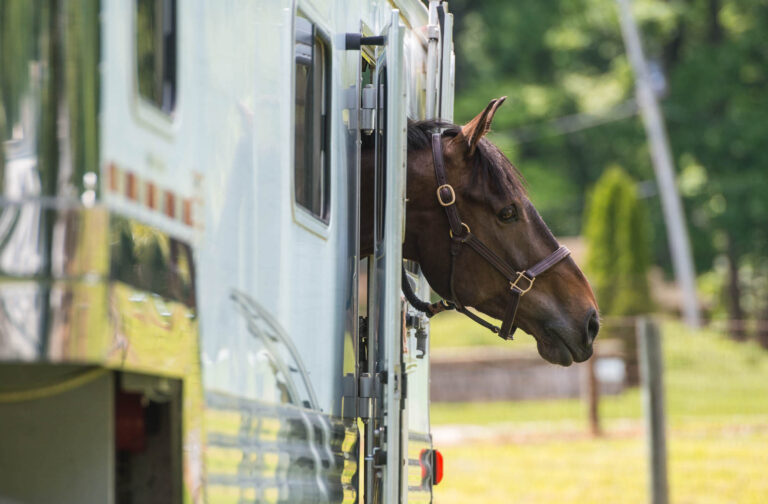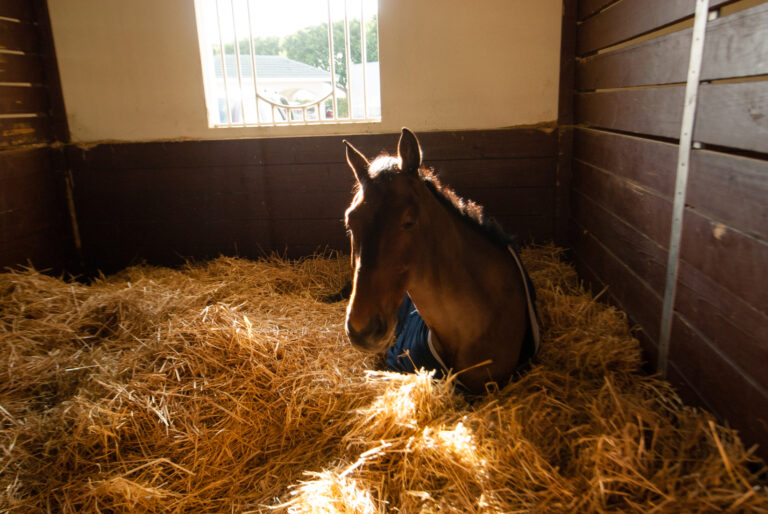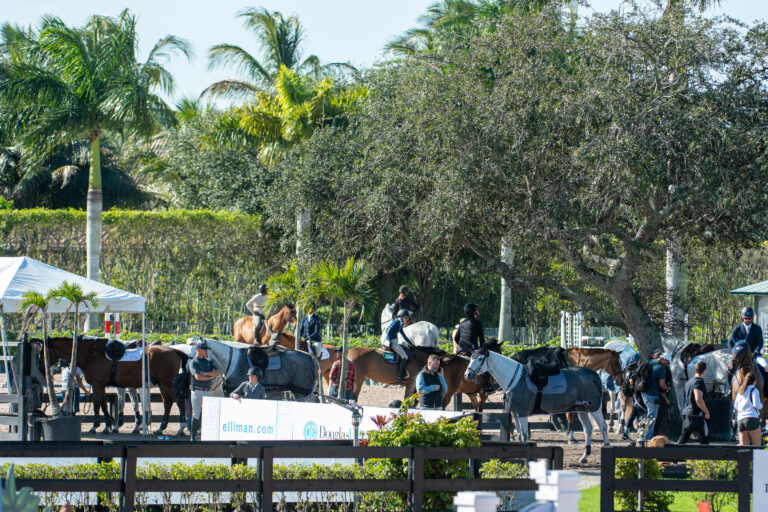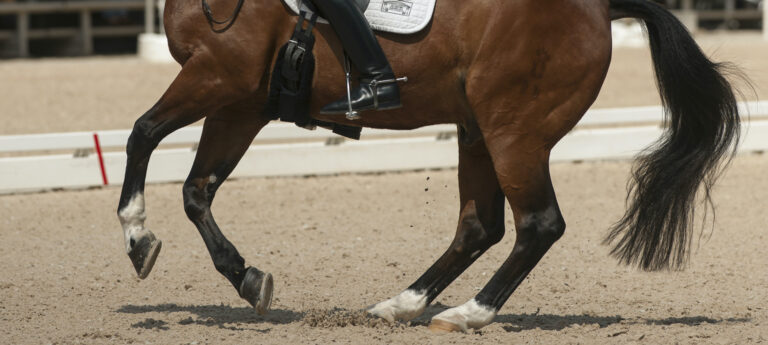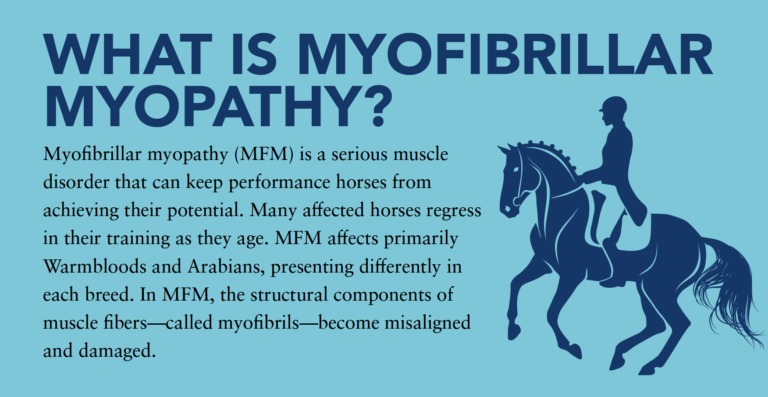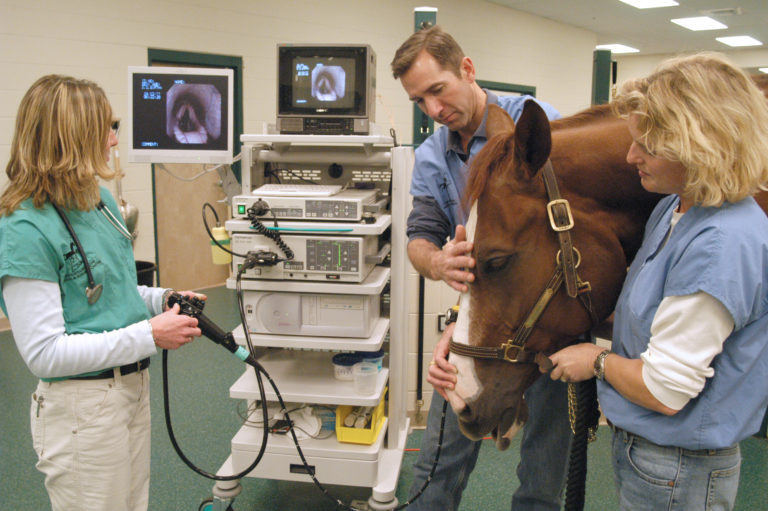
The American Trakehner Association (ATA) has recently confronted concerns about three different autosomal recessive mutations found mainly in the Arabian breeds. These are severe combined immunodeficiency syndrome (SCID), lavender foal syndrome (LFS) and cerebellar abiotrophy (CA). Problems from these defects occur only when two carriers are mated, with a 25 percent chance of having an affected foal. All foals who acquire the defect from both parents either die early or soon become so disabled that they are useless as riding horses.
There is now a 100 perfect accurate hair-follicle DNA test for each mutation, available in a panel test, that the ATA is providing along with horse identification verification via DNA for a comprehensive fee of $217. This allows a breeding horse to be certified clear of all three mutations. The ATA membership voted unanimously at the 2012 annual meeting to authorize the requirement of clear testing of all future approved stallions prior to entry in the studbook. Likewise, mares with Arabian ancestry within three generations must do the same prior to studbook or preliminary studbook entry.
For several hundred years, Trakehner breeders have made great use of Arabian, Anglo-Arabian and Shagya-Arabian improvement blood and will continue to do so. But we wish to avoid spreading these very harmful genetic mutations in our breed. At present, very few horses in our studbooks are carriers so the likelihood of foaling a diseased foal is very low. If we can get all or most of our of our approved stallions tested clear, all a broodmare owner needs to do is test her mare once and use clear ATA stallions, and no further worry or testing of resulting foals will ever be needed. It is important to point out that this in no way affects ATA’s rules about registration of foals or adult horses. DNA testing for these mutations is not required to register any horse in the ATA. It is required only to put stallions and certain mares into the studbooks. Carrier horses of any of these three mutations are not in any way affected by the diseases. If a riding mare is eventually going to be used for breeding, we suggest using our certified testing procedure.
The question of a wise breeder perhaps voluntarily testing all Trakehner foals is one that hinges on value/price considerations. Like nearly all registries, the ATA does require parentage proof via DNA at the time of registration of all horses, and this cost can be omitted if the panel testing is done since ID proof is included. Thus, the process of hair submission and application for registration can easily include this mutation testing for not all that much extra cost and no extra work. We believe that the foal’s value in the future is raised by more than the price of testing since use of fillies or colts for breeding in the future is assured to be permitted when the clear report is in our database. An increasing number of our currently active stallion owners are choosing the right path and voluntarily submitting hair for testing. You will find the designation “clear” on the ATA’s stallion list on the website.
It soon will become possible to breed ATA horses without any testing because when parentage is certified clear it is not necessary to test foals. While we believe this is a small problem now, without this process the carrier rate could rapidly expand in the Trakehner breed or in any breed that uses Arabian improvement genetics. Ignoring this could easily produce a quite sad situation similar to that apparently created by the stallion Impressive in the Quarter Horse breed (and related breeds that used him) with regard to hyperkalemic periodic paralysis.
We also are not willing to accept the complaint that we are excluding excellent riding-horse genetics found in some of the Arabian stallions and mares known to be carriers. We will gladly test, inspect and potentially approve for our preliminary studbook clear offspring of such stallions or mares if otherwise eligible. This is a simple solution to a non-existent concern about exclusion.
Timothy Holekamp, MD, is a breeder of Trakehners and the president of the American Trakehner Association.


